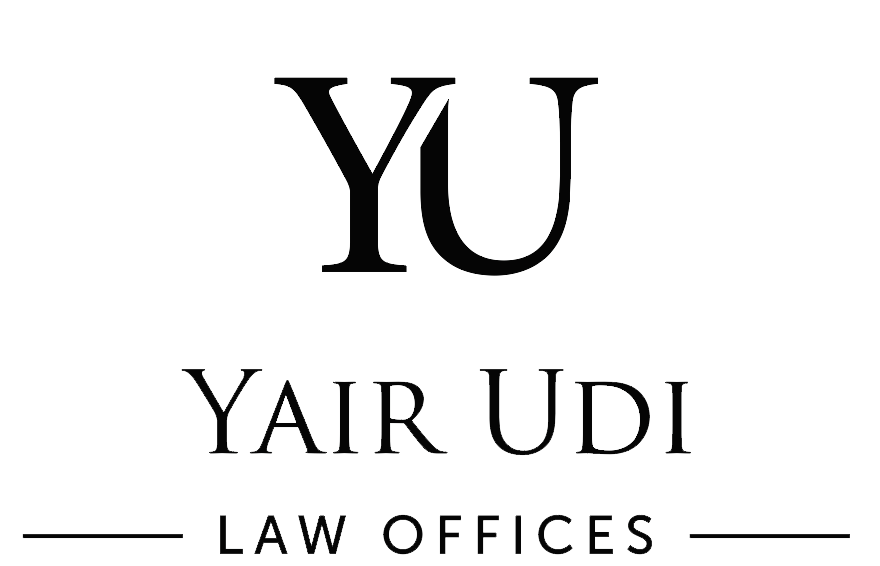The Internet Takeover
The Internet has fundamentally changed the way we consume goods and services. It now allows small retailers from India or China to target specific audiences of potential consumers in the US or anywhere else around the world. They can grow their business’ total addressable market far beyond the boundaries of their city or country and much further than any businessman would have imagined just 20 years ago. The Internet has also opened the global markets, introduced new players to traditional industries like clothing and electronics, lowered costs, and increased opportunities for both consumers and retailers.
The Internet’s unlimited and boundless power has expanded even further to become more than just a global commercial opportunity, but a standard in Internet users’ everyday way of thinking and behavior. This standard forced traditional software and hardware industries to adapt and supported the birth of new business models, services and technologies.
Software development is one of the fields that’s most affected by this revolutionary way of thinking. The substantial effect that the open approach has on this field can be observed in the partial abandonment of traditional license-per-installation models and the shift to “freemium” or subscription-based models. Until recently, subscription models were very commonly used by offline services (e.g., Blockbuster), but less by online services.
Not long ago, if you were using email, you would probably be using Microsoft Outlook or similar software. If you needed your files with you, then disk-on-keys were usually the solution (and who hasn’t lost one, right?). Today, companies like Google, Dropbox, Box, Microsoft, and Yahoo all provide online solutions for these services – all you really need is Internet connection.
As we’ll illustrate further, it seems that everyone benefits from this tectonic shift. Consumers, services, and software providers all enjoy improved access, lower costs, better prices, and reliable services.
Microsoft’s evolution is a great example that demonstrates how deeply the Internet impacted the software industry. Microsoft’s extremely successful product, Office, known to be its cash cow, has managed to become a standard solution for all-sized businesses as well as home users. Microsoft came to learn that connectivity based software-as-a-service (SaaS) solutions like Google Docs that are available to everyone, everywhere, are more than just a fad and Office needs to adapt if it wants to maintain its market share. Microsoft answered with Office 365, which is not less than a milestone, to symbolize the giant’s understanding of how the Internet has affected not only its technology, but its business model as well.
However, Microsoft is perceived more like a lazy giant than a SaaS early adopter; it took its time before it came to admit that the safe ground on which it used to walk was shaking. Microsoft’s Office 360 was merely a response to what other Internet companies already provided. Companies that only or mainly provided internet services (e.g., Google) welcomed the invitation to offer old services over new platforms long before. They promoted innovative technologies and new business models, relying not only on subscription fees, but also on user data to support income through ad-based cash generators.
SaaS solutions have proven to be very successful for many young and traditional corporations. Allowing for better market penetration, less on-site maintenance, easier deployment of updates and better scalability, it seems that connectivity-based SaaS solutions are here to stay.
Free Vs. Freedom
One of the tools used to enhance and support the spread of online services and the penetration of the Internet into our lives is actually a legal one, and it’s called “open source”. Many would consider the preceding statement to be outrageous. After all, the source refers to a machine’s code – what’s legal about it? It’s important to remember that source codes remained essentially the same for both open and closed software and the “openness revolution” is actually promoted by the license attached to the code, rather than the code itself.
As an aside, although the term “open source” is mostly attributed to the world of software, there’s much more to it. The open source methodology can also be implemented in the worlds of architecture, automobile design, and a plethora of different fields. Here’s a great video explaining what open source is and the potential it holds.
So what is open source all about? Some people mistakenly relate the term “open” with “free“, but open source and free software are two very different terms and models. Each represents a different approach and perception as to how the software should be shared.
The most basic condition for an open source license is that access to the source code must be granted. Having such access not only allows someone to compile and run the software, but also gives them the freedom to modify and explore it. We’ll get back to more on that soon.
Free software can be “closed”, which means that access to the software’s source code is not provided and in most cases, all you’ll get is a compiled code that can’t be modified or analyzed. On the other hand, with open source, the code is everything. By freely sharing your code with others, you promote freedom; a freedom for anyone to utilize it as they please. Therefore, with open source, freedom is much more than free. In the next chapter, we’ll explore the position of open source in the worlds of copyright and public domain. We’ll also dive in to copyleft, or viral, licenses, computability, and more about SaaS. Stay tuned!

